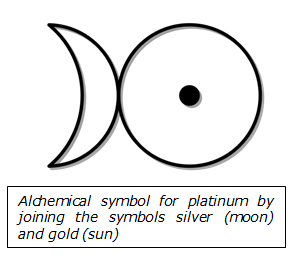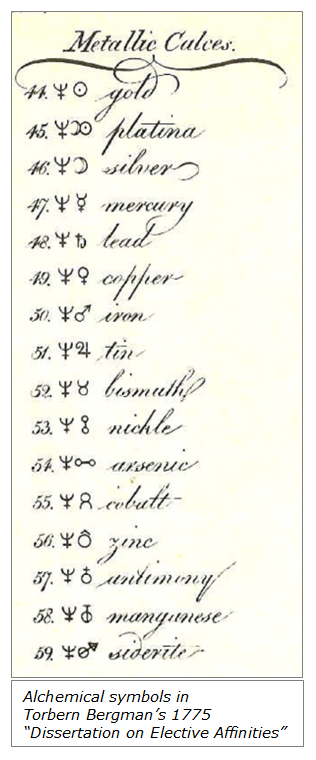
Naturally occurring platinum and platinum-rich alloys have been known by pre-Columbian Americans for many years. Though the metal was used by pre-Columbian peoples, the first European reference to platinum appears in 1557 in the writings of the Italian humanist Julius Caesar Scaliger (1484–1558) as a description of a mysterious metal found in Central American mines between Darién (Panama) and Mexico ("up until now impossible to melt by any of the Spanish arts").[i]
The Spaniards named the metal platina ("little silver") when they first encountered it in Colombia. They regarded platinum as an unwanted impurity in the silver they were mining.[ii]

In 1735, Antonio Ulloa encountered this curious metal, but as he returned to Europe his ship was captured by the Royal Navy and he ended up in London. There, members of the Royal Society were most interested to hear about the new metal.[iii]
Ulloa returned to Spain from the French Geodesic Mission in 1746 after having been there for eight years. He also anticipated the discovery of platinum mines. After publishing the report in 1748, Ulloa did not continue to investigate the new metal. In 1758, he was sent to superintend mercury mining operations in Huancavelica.ii
Then, in 1741, Charles Wood,[iv] a British metallurgist, found various samples of Colombian platinum in Jamaica, which he sent to William Brownrigg for further investigation. His historical account of the expedition included a description of platinum as being neither separable nor calcinable.
In 1750, after studying the platinum sent to him by Wood, Brownrigg presented a detailed account of the metal to the Royal Society, stating that he had seen no mention of it in any previous accounts of known minerals.[v]
Other chemists across Europe soon began studying platinum, including Andreas Sigismund Marggraf,[vi] Torbern Bergman, Jöns Jakob Berzelius, William Lewis, and Pierre Macquer. In 1752, Henrik Scheffer published a detailed scientific description of the metal, which he referred to as "white gold", including an account of how he succeeded in fusing platinum ore with the aid of arsenic. Scheffer described platinum as being less pliable than gold, but with similar resistance to corrosion.ii
[i] Weeks, M. E. (1968). Discovery of the Elements (7 ed.). Journal of Chemical Education. pp. 385–407. ISBN 0-8486-8579-2. OCLC 23991202.
[iv] Dixon, Joshua; Brownrigg, William (1801). The literary life of William Brownrigg. To which are added an account of the coal mines near Whitehaven: And Observations on the means of preventing epidemic fevers. p. 52.